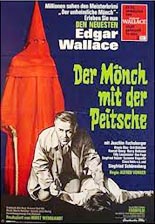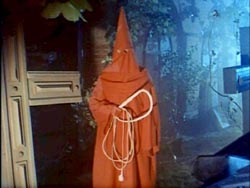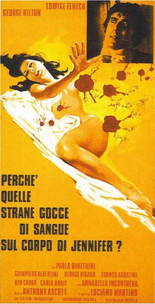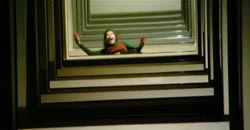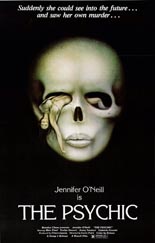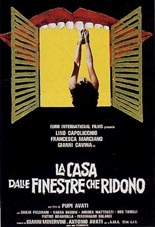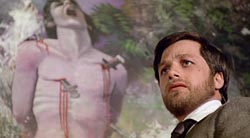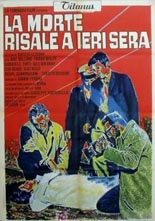
 In Milan, a middle-aged man by the name of Berzaghi (Raf Vallone, 1969’s The Italian Job) is not only widowed, but the sole caregiver for his mentally handicapped daughter, Donatella (Gillian Bray, The Bod Squad). Although she is 25 years old, her mind is stuck at 3; she can’t even put on a brassiere without her father’s help. Innocent flirting on her part is misread as sexual invitation from strangers, so Berzaghi must lock her up in their apartment when he goes to work.
In Milan, a middle-aged man by the name of Berzaghi (Raf Vallone, 1969’s The Italian Job) is not only widowed, but the sole caregiver for his mentally handicapped daughter, Donatella (Gillian Bray, The Bod Squad). Although she is 25 years old, her mind is stuck at 3; she can’t even put on a brassiere without her father’s help. Innocent flirting on her part is misread as sexual invitation from strangers, so Berzaghi must lock her up in their apartment when he goes to work.
One day, however, he returns to an empty home. The doors and windows remain locked; there’s no sign of forced entry. He fears the worst, as he should: that she has been abducted from his well-intentioned prison to one that has only the worst intentions in mind.
Enter the sinus-infected police captain (Frank Wolff, Once Upon a Time in the West) and his younger, shaggy-haired partner (Gabriele Tinti, Black Emanuelle), who have a feeling Donatella may have been kidnapped into a prostitution ring, so they tour the area’s buy-before-you-try bordellos.
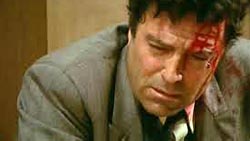 The mystery of Duccio Tessari’s Death Occurred Last Night is not whether Donatella will be found among the whores, but who will find her and/or her captors first: the police or Berzaghi? The increasingly desperate father doesn’t think the authorities are acting fast enough, so he takes matters into his own vengeful hands.
The mystery of Duccio Tessari’s Death Occurred Last Night is not whether Donatella will be found among the whores, but who will find her and/or her captors first: the police or Berzaghi? The increasingly desperate father doesn’t think the authorities are acting fast enough, so he takes matters into his own vengeful hands.
Tessari (A Pistol for Ringo) directs this grim yet gripping polizia picture with a straightforward objective that makes its story timeless: suspense. So do the colorful supporting players who weave in and out of the story, not always by their own volition, including a suicidal “Negro prostitute,” a former pimp stooping to a less respectable career (that of car salesman) and a teddy bear with an ugly face. However, the show belongs to Wolff and Vallone; the former for portraying how a cop’s professional life infringes upon his personal one, and the latter for showing how an honorable man in his position gives up his own life to focus on that of his only child. —Rod Lott

